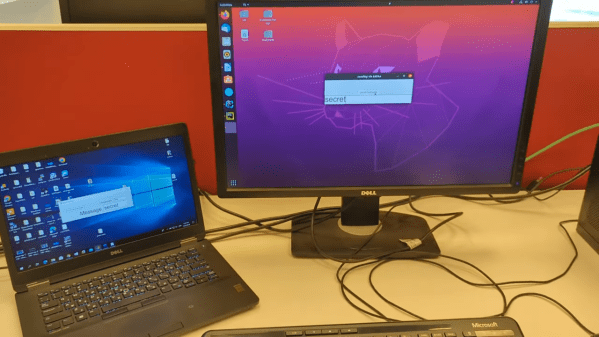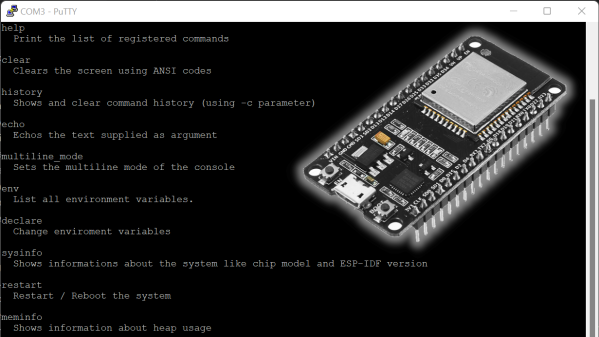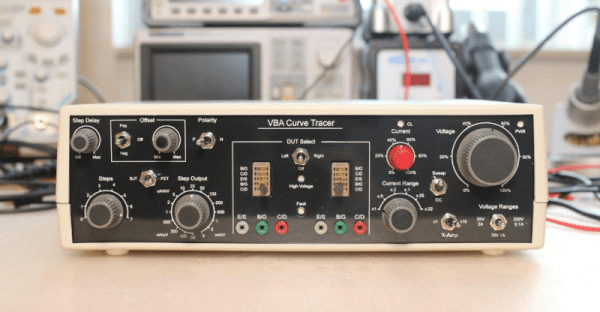There’s an ongoing campaign that’s compromising FreePBX systems around the world. It seems to be aimed specifically at Elastix systems, using CVE-2021-45461, a really nasty Remote Code Execution (RCE) from December of last year. This flaw was a 0-day, as it was discovered by analyzing a compromised FreePBX system. It’s unclear if the campaign described in last week’s report was using the 0-day back in December, or if it was launched as a result of the public disclosure of the bug.
Regardless, the CVE is a URL parameter sent to the Rest Phone Apps service. This module is intended to run right on the screen of VoIP phones, and allow end users to set features like Do Not Disturb without having to punch in star codes, or visit a web page. Because of the use case, any FreePBX deployment that supports VoIP phones connecting from outside the network, that use this feature, would need these ports open. The best way to secure that would be to enforce connections over a VPN, which only some phones natively support.
Upon finding a vulnerable endpoint, the campaign starts by dropping a webshell in several locations, all obfuscated slightly differently. It then creates multiple root-level user accounts, and adds a Cron job to maintain access. There is a surprising amount of obfuscation and stealth features in this family of malware, making it difficult to point to a single Indicator Of Compromise. If you run a FreePBX system that may have the Phone Apps module running, it’s time to go through it with a fine-toothed comb.
What’s The Deal with TikTok?
The FCC has once again called for TikTok to be de-listed from the Google Play Store and the Apple App store. What is going on with TikTok? It’s just an app for filming and sharing silly videos, right? There are essentially two potential problems with TikTok, and both of them trace back to the app’s parent company residing in China.
Here in the US we have National Security Letters, and China seems to have a more straightforward system, where “everything is seen in China,” as said by a member of TikTok’s Trust and Safety Department. TikTok uses quite a few permissions, some of which seem a bit overzealous. If you’re a person of interest to the Chinese government, could those permissions be used to surveil you? Absolutely. Just like a US based app could, as a result of a National Security Letter.
The second problem is a bit more subtle, and may stray towards a conspiracy theory, but is worth considering. TikTok has videos about every subject imaginable, from every possible viewpoint. What if the Chinese Communist Party (CCP) wanted a specific rumor to gain traction in the US? Just a little pressure on the video recommendation algorithm would make videos about that topic trend. Instant public opinion lever.
There’s likely a missing piece of the story here, in the form of some classified intel. Until enough time goes by that a Freedom of Information Act request can unlock the rest of the story, it’s going to be unclear how much of the TikTok threat is legitimate, and how much is geo-political wrangling.
Oh, and if you thought you could just go open up the Google Play Store and see the exact permissions the TikTok app uses, Google has made the unfortunate decision to hide permissions until you actually do the install. That sounds like a terrible decision and, after a brief outcry, it seems like Google agrees. Just before this article went to the presses, Google announced that they were walking back this decision.
Gitlab RCE
Gitlab fixed a very serious problem in its 4th of July round of minor version releases, and [Nguyễn Tiến Giang (Jang)] really wanted to understand what was going on with this one. So much so, that he set up a debuggable install of Gitlab and recreated the issue, bringing us along for the ride. The flaw is in importing an existing Gitlab project, where the archive name is appended directly to a command string. If you can manipulate the value given for the archive name, and avoid tripping on any of the checks intended to prevent it, you can trivially insert shell code that will be run on the underlying server. Avoiding the traps is a big part of the work to actually make this into an real PoC. Read the post for full details on the debugging journey.
Calendar Spam Finally Fixed
Consider yourself lucky if you’ve missed out on the scourge that is Calendar spam. Google Calendar is great, because anyone can send you an email with an invite, and the event automatically shows up on your calendar. In retrospect, it seems obvious that this would be used for spam. Regardless, after multiple years of the spam problem, Google is finally rolling out a feature, to only add invitations to your calendar from known senders. Now if you get asked, or suffer from spam yourself, you know to look under event settings, and make the setting change. Finally!

















